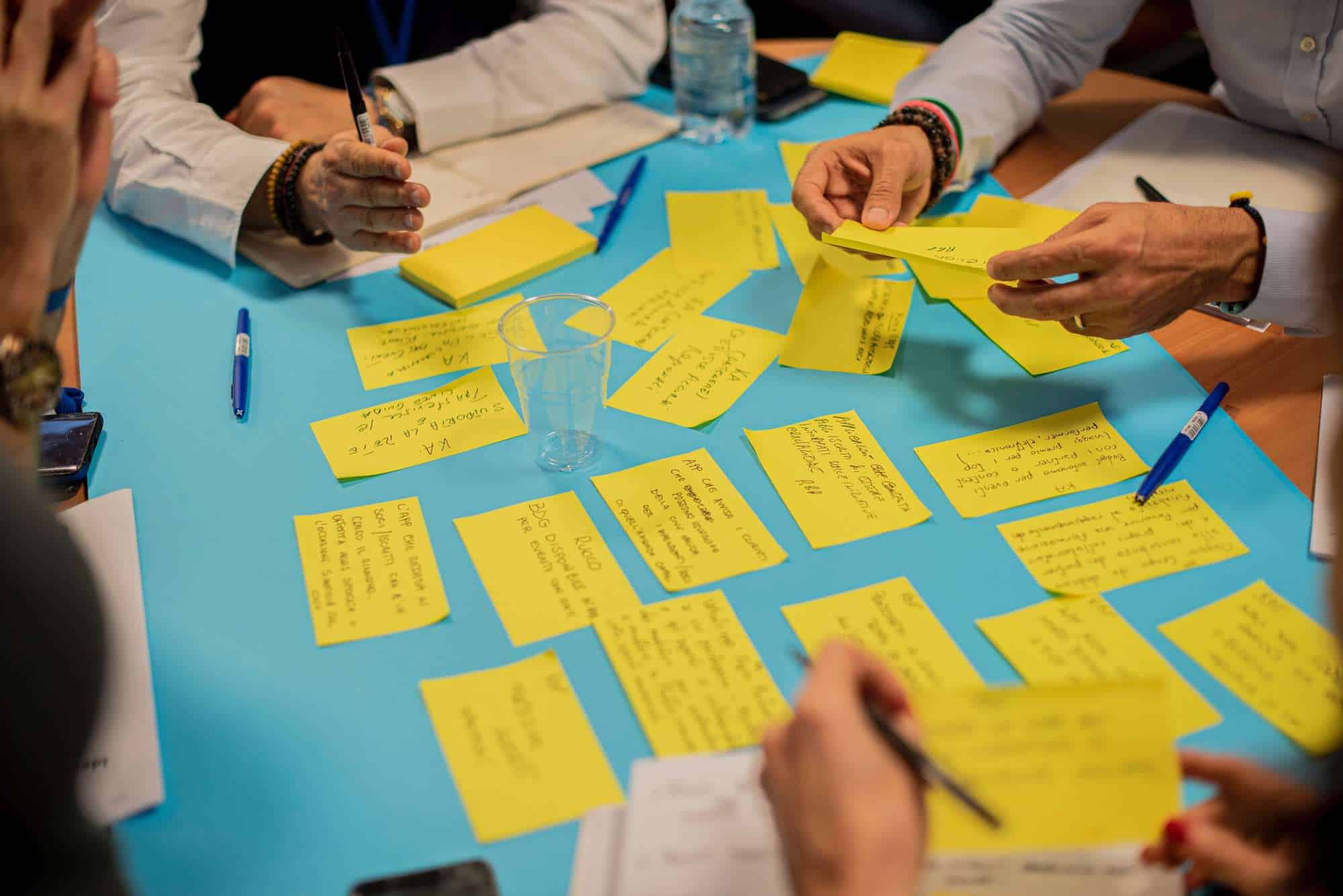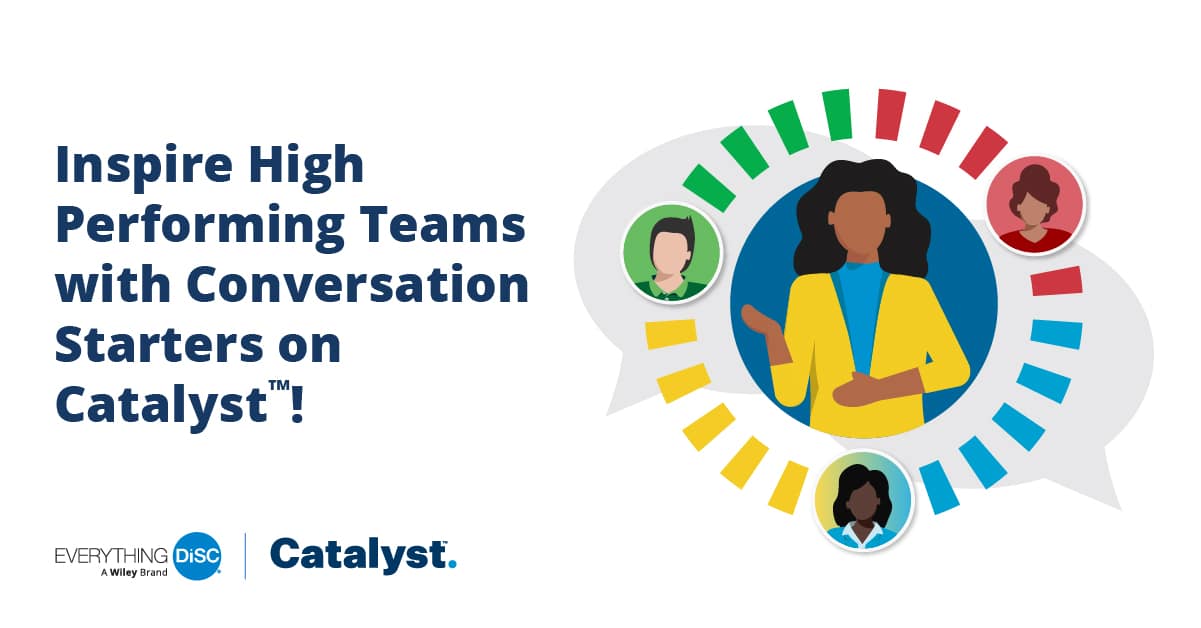Team dynamics play a pivotal role in achieving collective goals. This is true whether the team members are long-time collaborators or a temporary project team, sharing an office or spread across the globe. The dynamics of a group significantly impact their performance, productivity, and overall success—as well as the stress levels of team members.
In this article, we’ll explore the various facets of team dynamics, their effects on performance, strategies for improvement, the effectiveness of team-building activities, and their influence on workplace morale and culture.
Team dynamics definition
Team dynamics is a term used to describe the behavioral, psychological, and social interactions that take place among team members. These interactions involve communication styles, decision-making processes, conflict resolution, roles and responsibilities, and overall cohesion within the group.
Team dynamics vs. group dynamics
Group dynamics is the term you’ll often see in social psychology research. It is a broader term than team dynamics, encompassing the many types of groups a person may belong to: social groups, identity groups, geographical or regional groups, interest groups, etc. So, you could talk about the group dynamics of New Yorkers or Millennials or knitters, but you probably wouldn’t think of these groups as teams.
We’ll use both terms in this article because both team dynamics and group dynamics are at play in a well-functioning work team.
Team dynamics are the behavioral, psychological, and social interactions among team members.
Team dynamics examples
When the dynamics of a team are healthy and productive, you might see:
- clear and open communication, including active listening and a willingness to share ideas and concerns
- collaborative decision-making
- healthy debates rather than conflict avoidance
- shared goals and vision, and a commitment to achieving them
- equal contributions
- supportive environment
- flexibility and adaptability
Examples of bad team dynamics include:
- poor communication, leading to confusion and frustration
- dominating personalities
- conflicts that linger and become personal
- lack of clarity about goals and roles
- unequal contributions
- micromanagement
- resistance to change
- lack of accountability
How team dynamics affect performance
Team dynamics exert a profound influence on performance. When team members trust each other, communicate openly, and understand their roles, they can tap into their collective strengths and effectively address challenges. Conversely, poor dynamics can lead to reduced collaboration, diminished innovation, and increased turnover.

How team dynamics can be improved
To improve the dynamics of a team, first identify what issues you’re seeing. Teamwork interventions are most effective when tailored to the specific group and the individuals in it. Here are some sample goals for improving group dynamics:
- clear communication: encouraging open and honest communication among team members to ensure everyone’s voice is heard
- clarity of roles: defining each person’s responsibility to prevent confusion and overlap
- clarity of purpose: making sure everyone knows the team’s why
- productive conflict: growing the team’s comfort and skills around conflict
- welcome feedback: developing a culture of continuous feedback among team members—both positive reinforcement and constructive criticism
To reach these goals, a multi-faceted approach is often best. For example, a team may partake in:
- guided discussions
- listening sessions with leadership
- team building activities
- trainings around interpersonal and communication skills
- regular personal and group reflections
- regular one-on-one and group check-ins about group dynamics
It can be difficult to make time for team building sessions, so you’ll want to ensure you’re making the most of the time you can get. A program like The Five Behaviors Team Development begins with an assessment that provides personalized results for both individuals and the team. The 37-page report speaks to the team’s specific challenges and helps teammates understand each other’s differing work styles. In addition, a facilitation kit includes everything you need to conduct sessions with teams, making sure their assessment results lead to action and behavior change.

Are team building activities effective?
Team building activities can be highly effective in enhancing team dynamics. Engaging in activities that promote trust, communication, and collaboration can create stronger bonds among team members.
The occasional ice breaker or ropes course is not likely to produce long-term, meaningful improvement in group dynamics. Successful team building activities have a purpose and a plan.
Good team building activities are:
- Relevant to the specific group—their goals, challenges, issues, and skill gaps
- Inclusive of all team members, regardless of their roles, personalities, or backgrounds
- Engaging, capturing the team’s interest with participatory elements
- Collaborative and interactive
- Goal-oriented: The leader and the participants should know why this particular activity was chosen and what the desired outcome is
- Safe and comfortable for all participants—a space that welcomes their thoughts and vulnerability
- In context for the team, rather than something that feels unconnected to their daily work culture
- Debriefed, providing time for the team to reflect and discuss their experience and the insights they gained
- Repeated and refined: One-time team building may provide observable changes in dynamics for a short period, but it is unlikely to transform the group’s culture over the long term.
Engaging in team building activities can have a positive impact on employee morale. When employees feel connected and supported by their colleagues, they are more likely to feel motivated and satisfied in their roles.
Team building is very effective at shifting group dynamics when it is done regularly and intentionally. For example, Five Behaviors Progress Reports can show a team how team dynamics have changed since their last assessment. (See more follow-up resources for The Five Behaviors.)

Group dynamics on new, short-term, and remote or hybrid teams
Each type of team has its own challenges when it comes to maintaining healthy group dynamics. It may seem like long-term, established teams would be more likely to have good group dynamics because they have had time to get to know each other well. Anyone with a family can tell you that knowing someone for a long time does not automatically equate with healthy relationship dynamics. Some long-term teams work great together, but long-term teams are also susceptible to festering grudges, cliques, and complacency with the status quo. They’ve had time for their bad habits to become deeply embedded.
Newly-formed teams get to start from scratch. They have the exciting opportunity to be intentional about shaping their team dynamics from the start. (See ground rules for teams.) However, new teams often experience an initial period of adjustment as members learn to work together. New teams face the crucial task of establishing trust among team members. Trust is the foundation of a cohesive team.
Short-term project teams must quickly establish rapport and synergy to meet tight deadlines. In such cases, concise communication, rapid decision-making, and a focus on strengths are crucial. Short-term teams may not undergo intensive team building work, but there are teamwork skills individuals can develop, so they’re ready to foster a healthy team culture on any team they join. In companies that use a lot of temporary teams, a company-wide teamwork skills training program like The Five Behaviors Personal Development can really pay off.
Remote and hybrid work introduces unique challenges and benefits to team dynamics. The foundations of teamwork are the same as they are for in-person teams, but extra effort is necessary to maintain culture and camaraderie. (See sustaining culture on virtual teams.)
The Five Behaviors and Everything DiSC facilitation materials are all built to work well virtually. Catalyst, the Everything DiSC learning platform, was built with virtual and hybrid teams in mind.
10 discussion questions about team dynamics
It’s important to make team dynamics visible by identifying healthy and unhealthy behaviors as you witness them and having regular honest discussions about how the dynamics of the group are feeling. These discussions can happen during dedicated training/team building/retreat times and also as part of day-to-day business. Here are some questions to spark discussion about group dynamics:
- What patterns have you observed about the way we work together? Do these patterns impact our team in positive or negative ways, and why?
- How do you know your team members have listened to you? How do you show other team members you are listening?
- What are the strengths and weaknesses in the way we communicate as a team?
- What are the barriers to communicating more effectively?
- How could we ensure our team is a space where everyone feels comfortable speaking up, sharing ideas and concerns?
- How do we typically make decisions as a team? Is everyone’s input considered? Is there a recent team decision you feel especially good or bad about, and what makes you feel that way?
- Are there areas where our roles might be overlapping or unclear?
- Do you think our team handles conflict productively?
- Do you feel comfortable giving and receiving feedback within the team? If not, what can be done to improve this?
- How do we currently recognize and celebrate individual and team achievements? Is there room for improvement in this area?
Like team building activities, team discussions will be more fruitful when they are developed with your specific team in mind. If your team uses Catalyst, the Everything DiSC learning platform, be sure to check out the Conversation Starters suggested for your particular group.

Quotes about teamwork
Here are some of our favorite quotes about teamwork. Share one of these quotes at your next training or team meeting:
- “Talent wins games, but teamwork and intelligence wins championships.” – Michael Jordan
- “If you take out the team in teamwork, it’s just work. Now who wants that?” – Matthew Woodring Stover
- “Teamwork is the secret that makes common people achieve uncommon results.” – Ifeanyi Enoch Onuoha
- “If you want to go fast, go alone. If you want to go far, go together.” – African proverb
- “Not finance. Not strategy. Not technology. It is teamwork that remains the ultimate competitive advantage, both because it is so powerful and so rare.” – Patrick Lencioni
- “Even cynics understand that groups of people willing to put their individual interests aside for the good of the team will outperform those who do not.” – Patrick Lencioni
- “Alone we can do so little; together we can do so much.” – Helen Keller
- “None of us is as smart as all of us.” – Ken Blanchard
- “The strength of the team is each individual member. The strength of each member is the team.” – Phil Jackson
Download a free slide deck of teamwork quotes.
In conclusion, team dynamics serve as the cornerstone of successful collaboration within any organization. By fostering a culture of effective communication, shared goals, and mutual respect, businesses can harness the full potential of their teams and achieve remarkable results. Through thoughtful team building activities and a commitment to optimizing dynamics, companies can create a unified workforce that thrives in the face of challenges and drives innovation forward.

